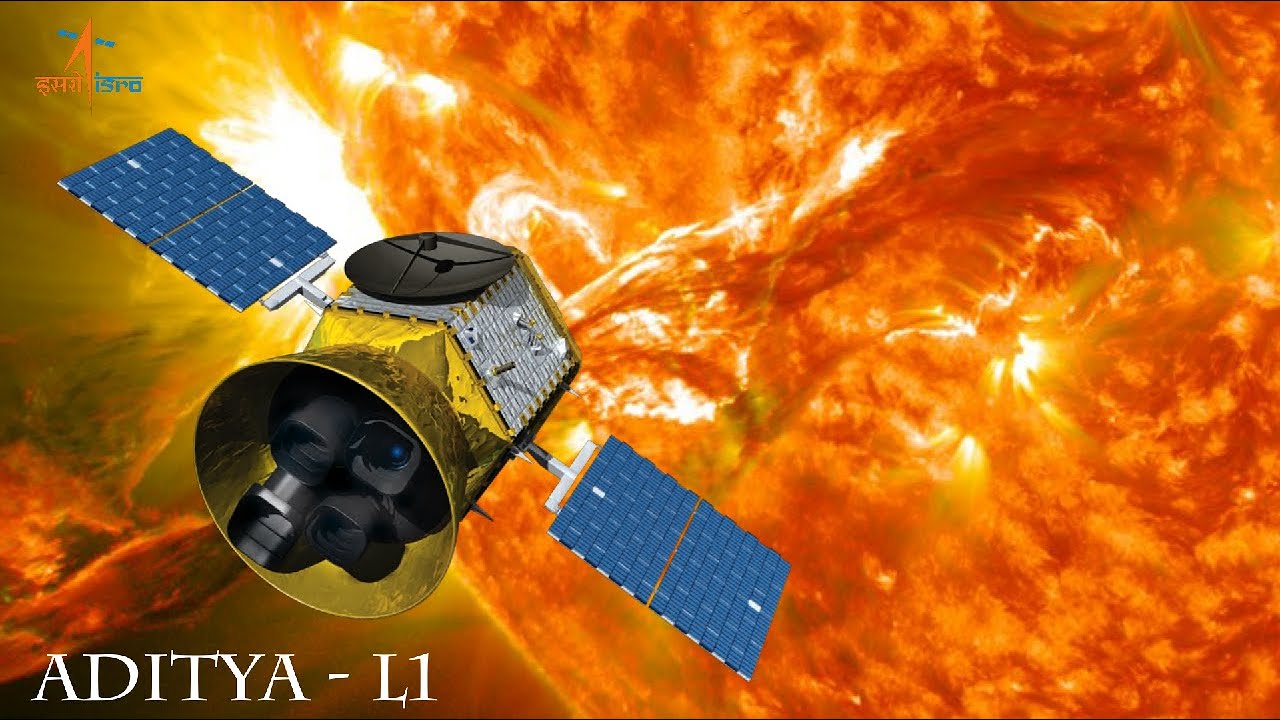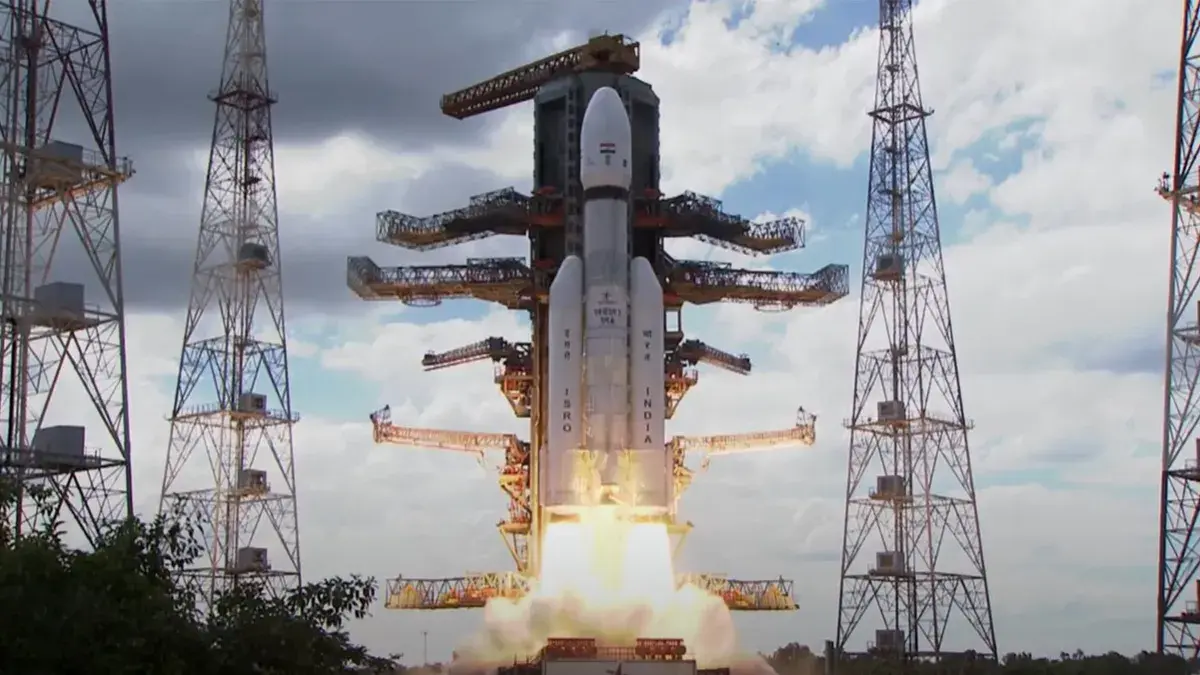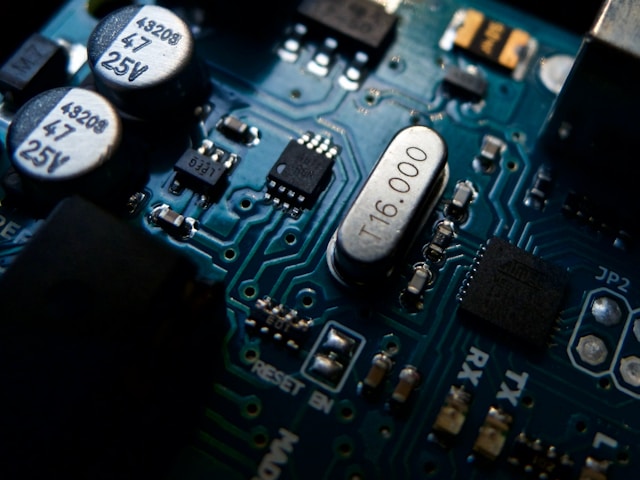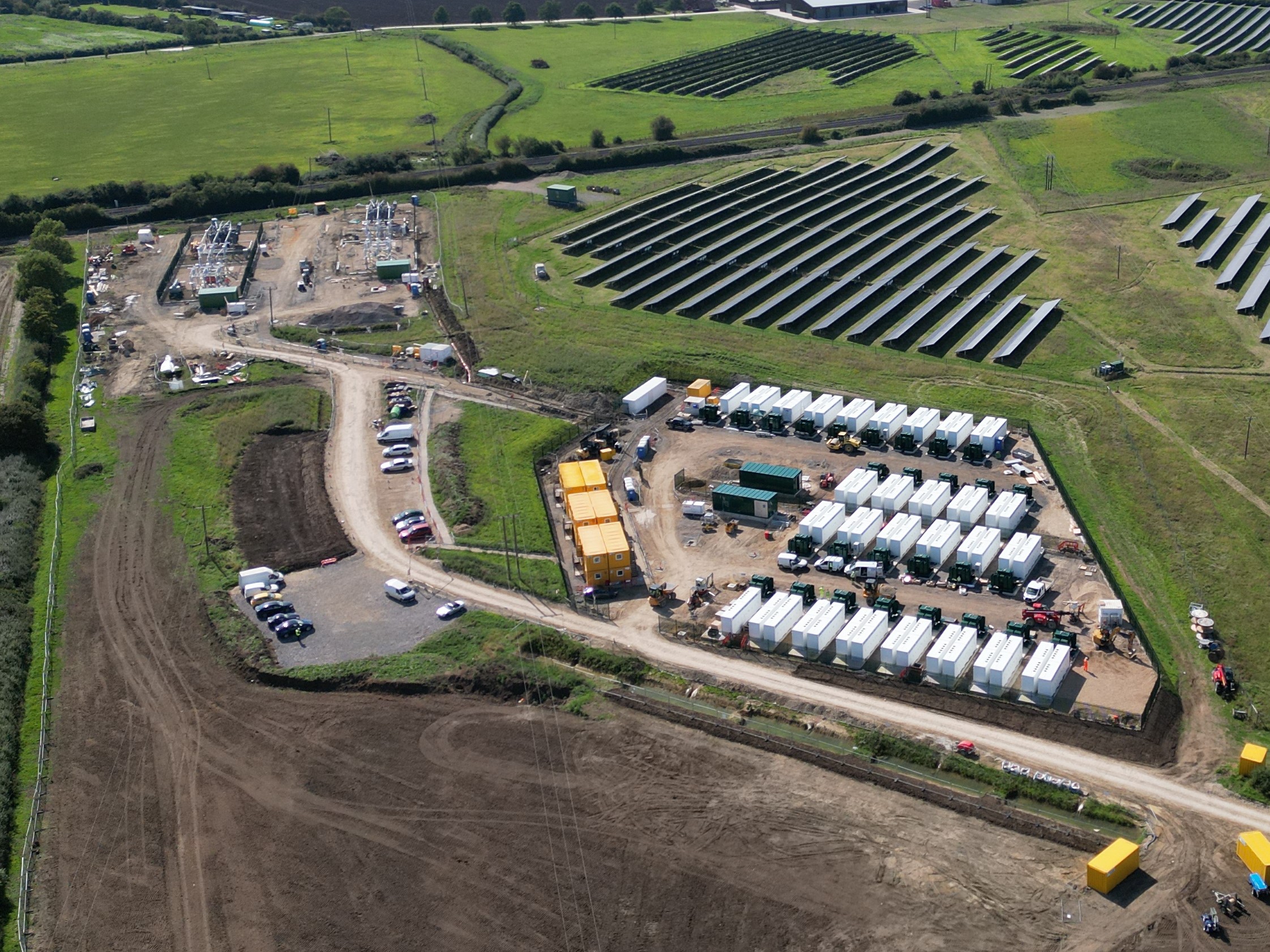India is advancing its aspiration to establish itself as a prominent player in space exploration with its inaugural mission to the Sun. This endeavor coincides with the successful completion of its first robotic Moon landing.

Image by Youtube
A Significant Step in India’s Space Endeavors
On September 2, 2003, the Aditya-L1 solar probe lifted off atop the PSLV-C57 booster from the Satish Dhawan Space Centre (SDSC) in Sriharikota. Simultaneously, the Pragyan lunar rover completed its tasks and entered sleep mode.
After successfully entering Earth’s orbit, Aditya-L1 is undergoing four maneuvers to reach a halo orbit around the L1 Lagrange point, located 1.5 million km (932,000 miles) away from Earth.
The spacecraft carries seven payloads with distinct functions, including instruments for studying the solar corona, photosphere, and chromosphere, as well as measuring solar irradiance variations and analyzing X-ray flares from the Sun. Additionally, there are payloads dedicated to studying solar wind and energetic ions, along with one for measuring interplanetary magnetic fields at the L1 point. These payloads were developed through collaboration with various Indian research institutions and space centers.
The Aditya-L1 mission is set to reach its observation point in four months. This location offers uninterrupted observation of the Sun, free from eclipses or occultations, enabling scientists to study real-time solar activities and their impact on space weather.
Lunar Night Challenges
As the lunar day ends at the landing site, the Chandrayaan-3 mission prepares for a 14-day night phase. The Pragyan rover, having completed its tasks, has transmitted its data to Earth and entered sleep mode. The Vikram lander, which transported Pragyan to the Moon, is expected to follow a similar procedure.
Both spacecraft rely on solar power and lack a nuclear heating unit to protect them from the extreme cold during the extended lunar night, posing a significant risk to their batteries and electronics beyond repair.
Despite the current dormant state, Mission Control remains optimistic that it’s just a temporary pause. They have positioned the solar panels to face the rising Sun, with the expectation that at least one of the spacecraft’s systems may endure and reactivate as the new day begins on September 22, 2023.







